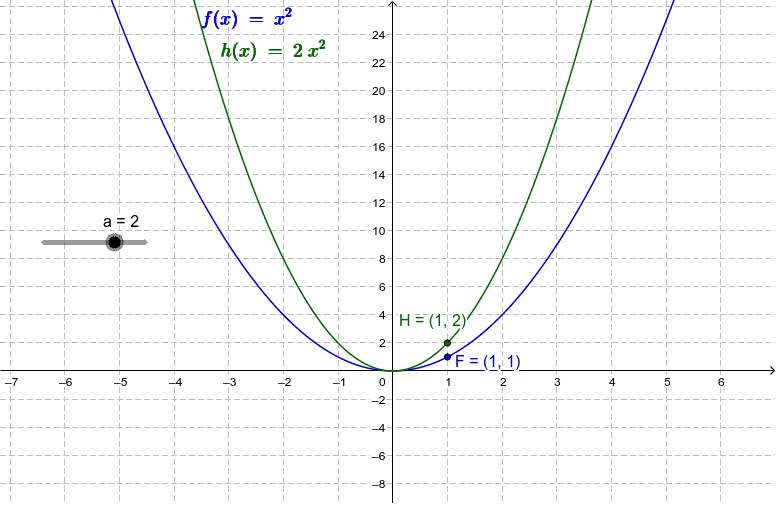

Figure 3: How Different Types of Materials Can Experience Changes as a Result of Compression Forceįigure 3: How Different Types of Materials Can Experience Changes as a Result of Compression Forceįigure 3 shows how elastic and rigid materials respond differently when put under compression force. Depending on how much force is applied, and the malleability of the spring itself, this can be a dynamic reaction. When the compression is released, the spring immediately expands outward and back to its normal shape. As compression force is applied to the spring, the spring's physical shape becomes compacted. Figure 2: Compression Force Applied to a Springįigure 2: Compression Force Applied to a Springįigure 2 shows another common visual example of compression force - the act of pressing two ends of a spring together.

This is depicted in Figure 1: When compression force is applied to an object resting on a surface, both ends of the object receive the same amount of force. Newton's Third Law of Motion states that for every action force, there is an equal opposite reaction force. What Are Some Examples of Compression Force? Figure 1: Compression Force Applied to an Object on a Solid Surfaceįigure 1: Compression Force Applied to an Object on a Solid Surface There can also be different results depending on the direction or position on the object that the compressive force is applied. This change can be temporary or permanent depending on the type of material receiving the compressive force.

In this process, the relative positions of atoms and molecules of the object change. Compression force (or compressive force) occurs when a physical force presses inward on an object, causing it to become compacted.


 0 kommentar(er)
0 kommentar(er)
